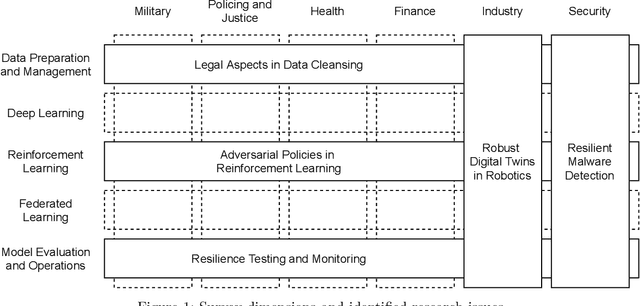Fiammetta Marulli
Handwriting and Drawing for Depression Detection: A Preliminary Study
Feb 05, 2023Abstract:The events of the past 2 years related to the pandemic have shown that it is increasingly important to find new tools to help mental health experts in diagnosing mood disorders. Leaving aside the longcovid cognitive (e.g., difficulty in concentration) and bodily (e.g., loss of smell) effects, the short-term covid effects on mental health were a significant increase in anxiety and depressive symptoms. The aim of this study is to use a new tool, the online handwriting and drawing analysis, to discriminate between healthy individuals and depressed patients. To this aim, patients with clinical depression (n = 14), individuals with high sub-clinical (diagnosed by a test rather than a doctor) depressive traits (n = 15) and healthy individuals (n = 20) were recruited and asked to perform four online drawing /handwriting tasks using a digitizing tablet and a special writing device. From the raw collected online data, seventeen drawing/writing features (categorized into five categories) were extracted, and compared among the three groups of the involved participants, through ANOVA repeated measures analyses. Results shows that Time features are more effective in discriminating between healthy and participants with sub-clinical depressive characteristics. On the other hand, Ductus and Pressure features are more effective in discriminating between clinical depressed and healthy participants.
Towards Resilient Artificial Intelligence: Survey and Research Issues
Sep 18, 2021
Abstract:Artificial intelligence (AI) systems are becoming critical components of today's IT landscapes. Their resilience against attacks and other environmental influences needs to be ensured just like for other IT assets. Considering the particular nature of AI, and machine learning (ML) in particular, this paper provides an overview of the emerging field of resilient AI and presents research issues the authors identify as potential future work.
* 7 pages, 1 figure
 Add to Chrome
Add to Chrome Add to Firefox
Add to Firefox Add to Edge
Add to Edge